
Memorializing Eastern Roman civilization and the city of Constantinople. Follow & turn on notifications for academically sourced “Byzantine” history! 🇺🇸/🇬🇷
8 subscribers
How to get URL link on X (Twitter) App


 The Romans and Bulgarians agreed the Treaty of Kallipolis where they agreed to destroy the Latins and partition Thrace in a mutually beneficial manner. To cement the alliance, Theodore II Laskaris married Elena of Bulgaria.
The Romans and Bulgarians agreed the Treaty of Kallipolis where they agreed to destroy the Latins and partition Thrace in a mutually beneficial manner. To cement the alliance, Theodore II Laskaris married Elena of Bulgaria. 

 The Seljuks, at odds with the Romans, had “combined all the Persian and Babylonian forces and invaded the Roman Empire.”
The Seljuks, at odds with the Romans, had “combined all the Persian and Babylonian forces and invaded the Roman Empire.”

 One must keep in mind for context:
One must keep in mind for context:
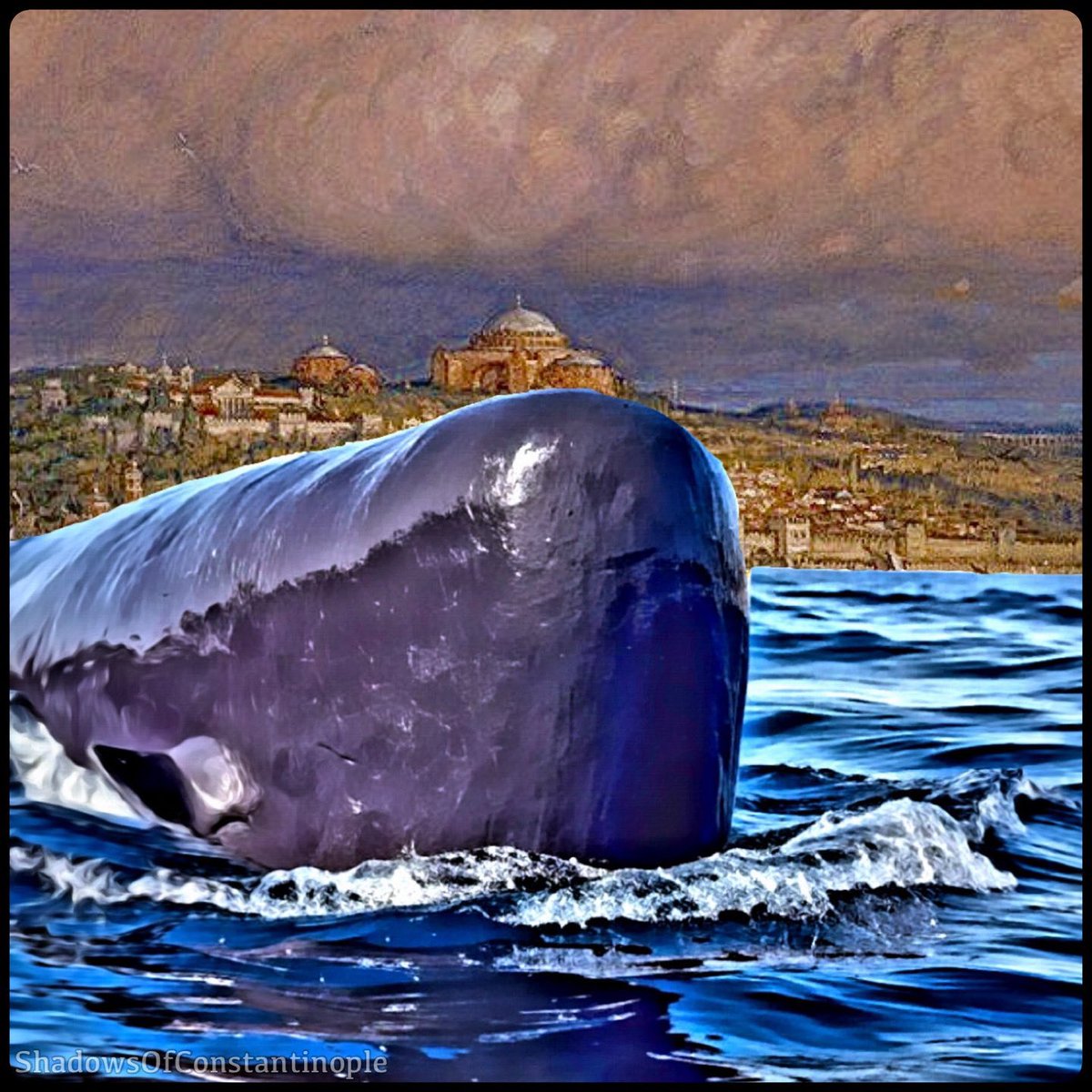
 Prokopios described the beast: “the whale, which the residents of Byzantion (Constantinople) called Porphyrios…had harassed Byzantion and its surroundings for over 50 years, but not continuously, for sometimes it would disappear for long periods of time.”
Prokopios described the beast: “the whale, which the residents of Byzantion (Constantinople) called Porphyrios…had harassed Byzantion and its surroundings for over 50 years, but not continuously, for sometimes it would disappear for long periods of time.” 

 The fearsome substance had quite a reputation. When the Crusaders attacked Constantinople in 1204 they seemed to prepare for it to be deployed against them, but they did not have to face it.
The fearsome substance had quite a reputation. When the Crusaders attacked Constantinople in 1204 they seemed to prepare for it to be deployed against them, but they did not have to face it.
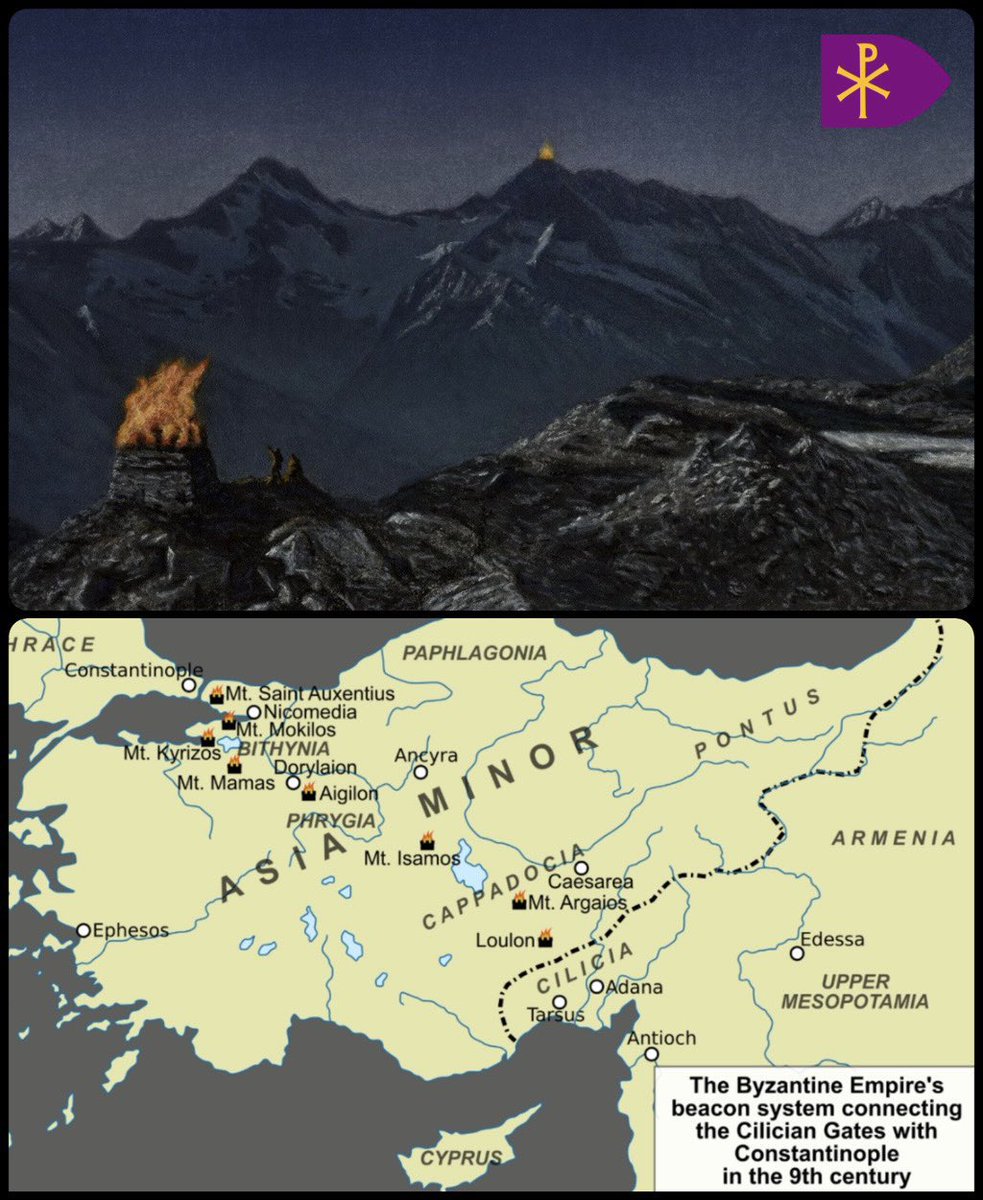
 This system was likely “created by Leo the Mathematician, who devised a code for the interpretation of signals, and had two identical water clocks made for the terminal stations. His work took account of the difference in longitude and the time the signal needed for transmission”
This system was likely “created by Leo the Mathematician, who devised a code for the interpretation of signals, and had two identical water clocks made for the terminal stations. His work took account of the difference in longitude and the time the signal needed for transmission” 

 Niketas had to deal with a raid heading towards the Sea of Marmara sent by the Emirate of Crete, a state which constantly terrorized the Aegean with raids targeting loot and slaves.
Niketas had to deal with a raid heading towards the Sea of Marmara sent by the Emirate of Crete, a state which constantly terrorized the Aegean with raids targeting loot and slaves.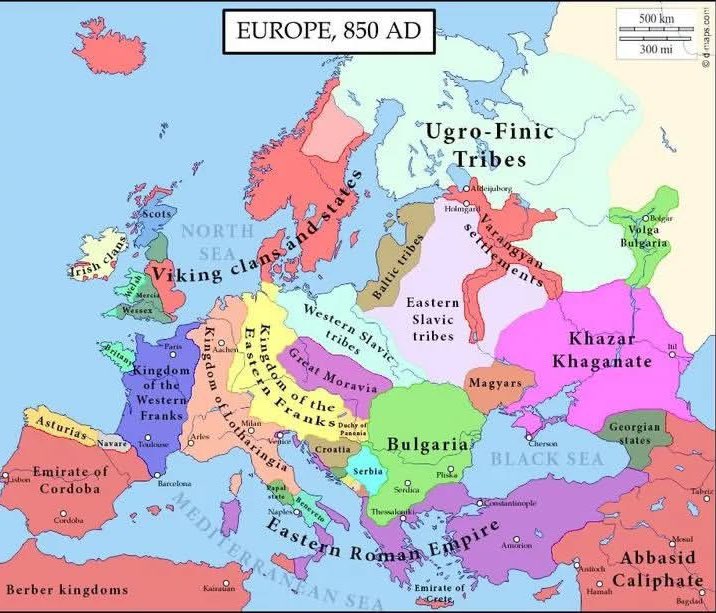

 Sultan Mehmed II, the famous conqueror of Constantinople, had systematically removed many Christian powers.
Sultan Mehmed II, the famous conqueror of Constantinople, had systematically removed many Christian powers.

 Ravenna is “situated as not to be easily approached either by ships or a land army...A army cannot approach it at all; for the river Po ... and other navigable rivers together with some marshes, encircle it on all sides and so cause the city to be surrounded by water”
Ravenna is “situated as not to be easily approached either by ships or a land army...A army cannot approach it at all; for the river Po ... and other navigable rivers together with some marshes, encircle it on all sides and so cause the city to be surrounded by water”

 “Most visitors…came by land, and their first inkling of the city beyond would come when the towers of immense defensive Land Walls that stretched from the Golden Horn to the Sea of Marmara came into view and barred any further progress.”
“Most visitors…came by land, and their first inkling of the city beyond would come when the towers of immense defensive Land Walls that stretched from the Golden Horn to the Sea of Marmara came into view and barred any further progress.” 

 “In contemporary praise Justinian had surpassed every ruler, for he built ‘a universal temple for all the nations of the earth.’”
“In contemporary praise Justinian had surpassed every ruler, for he built ‘a universal temple for all the nations of the earth.’”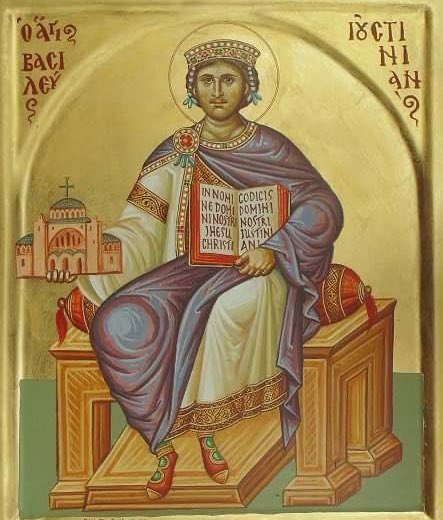
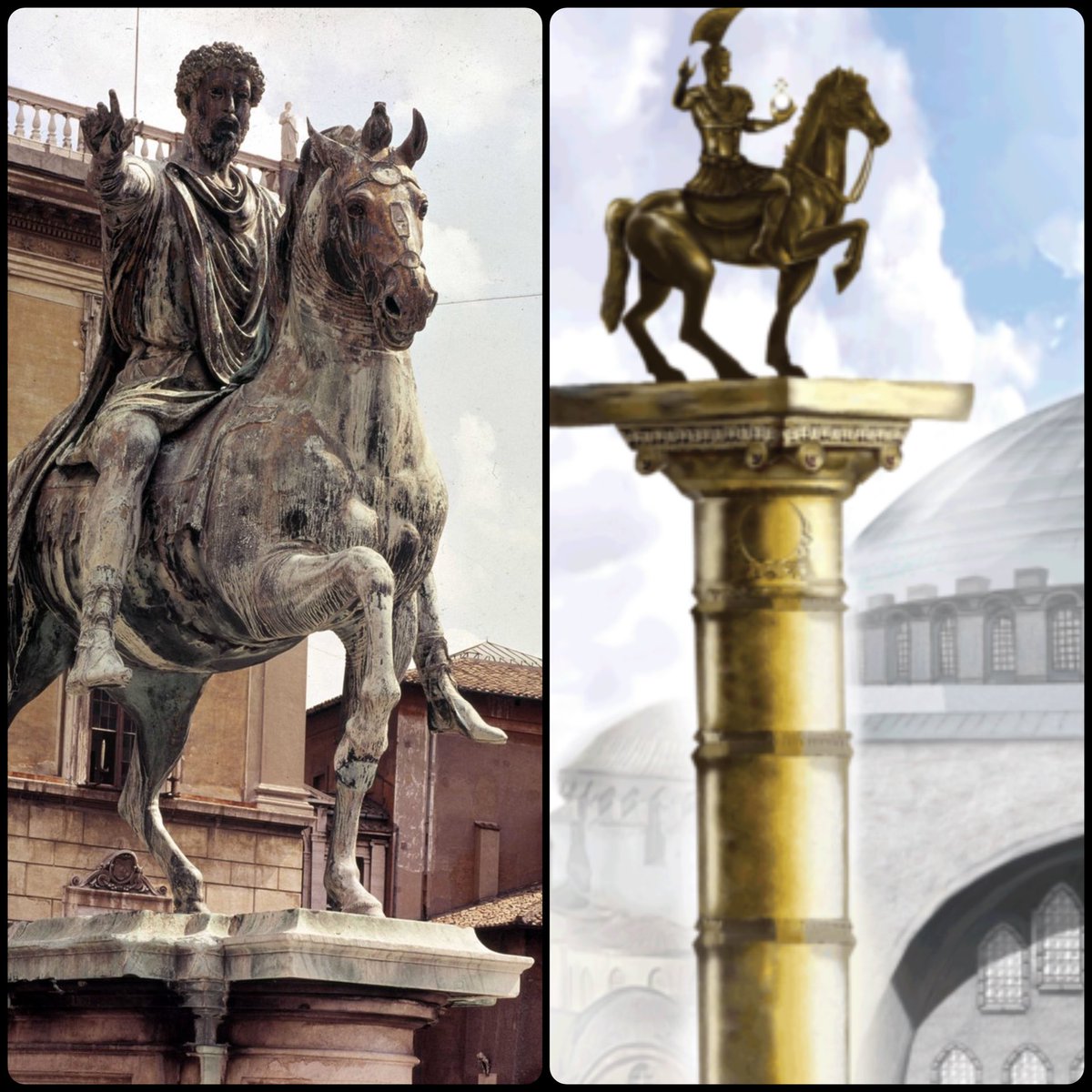
 The scale was an issue when it came to moving it, and mounting it atop a column. The statue originally was of Theodosius, placed in the Forum of Theodosius.
The scale was an issue when it came to moving it, and mounting it atop a column. The statue originally was of Theodosius, placed in the Forum of Theodosius.

 The columns and carved details combine rather elegantly in this building
The columns and carved details combine rather elegantly in this building 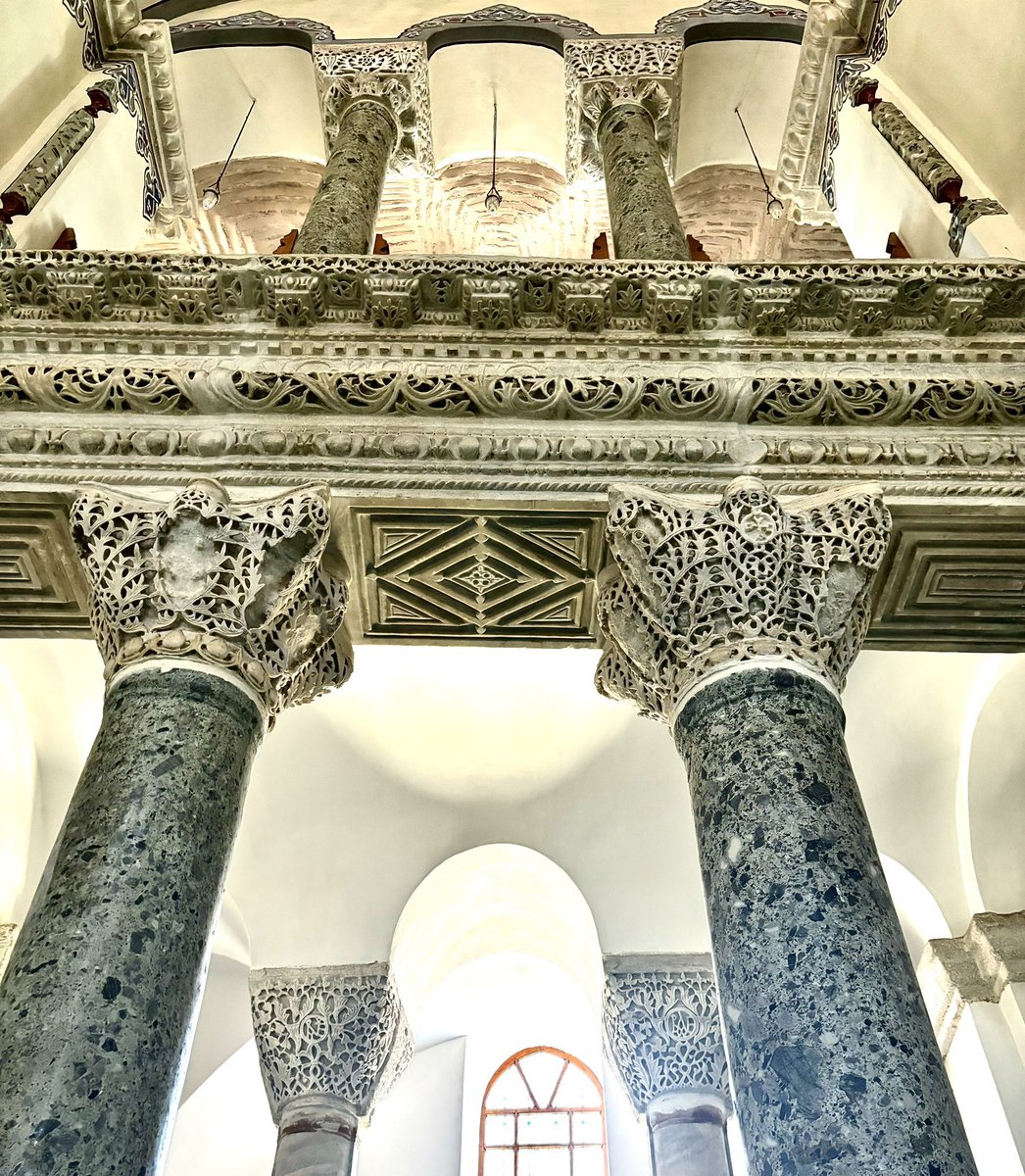

 He recorded seeing the “chariot of Constantine and Helena, made of silver; there are gold plates, enriched with pearls and little jewels, and numerous others of silver, which are used for services on Sundays and feast days: there is water also…coming out of a well by pipes.”
He recorded seeing the “chariot of Constantine and Helena, made of silver; there are gold plates, enriched with pearls and little jewels, and numerous others of silver, which are used for services on Sundays and feast days: there is water also…coming out of a well by pipes.”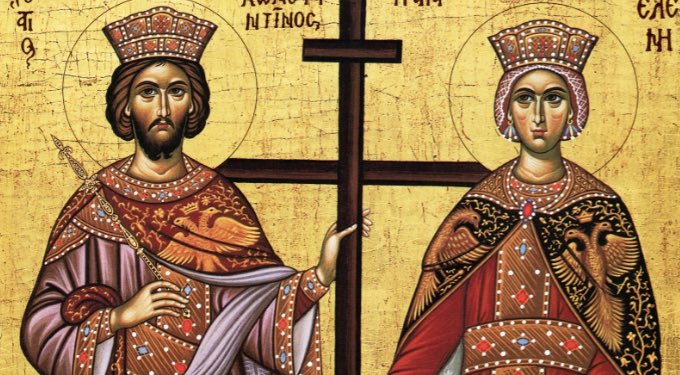

 The Rus invasion was a huge threat - not just an ordinary sea raid which could be dealt with using Greek fire. King Sviatoslav had greatly expanded his lands “with an army that included Magyars and Pechenegs, by early 970 he had overrun all of eastern Bulgaria to Philippopolis.”
The Rus invasion was a huge threat - not just an ordinary sea raid which could be dealt with using Greek fire. King Sviatoslav had greatly expanded his lands “with an army that included Magyars and Pechenegs, by early 970 he had overrun all of eastern Bulgaria to Philippopolis.” 

 It is an under-noticed Roman achievement: “At over 250km it is the longest water supply line known from the ancient world and it remains one of the greatest achievements of hydraulic engineering.”
It is an under-noticed Roman achievement: “At over 250km it is the longest water supply line known from the ancient world and it remains one of the greatest achievements of hydraulic engineering.”

 The Hagia Sophia of Nicaea, in modern-day Iznik, Turkey. It’s an active mosque currently.
The Hagia Sophia of Nicaea, in modern-day Iznik, Turkey. It’s an active mosque currently. 

 Those who naively and incorrectly act like Europe is the only place or group of cultures that made empires and sought to conquer and exploit others are just factually wrong.
Those who naively and incorrectly act like Europe is the only place or group of cultures that made empires and sought to conquer and exploit others are just factually wrong.

 In 507AD Clovis, after consulting the magnates within his realm, decided to make war with the Visigoths. They were his main rival in the fragmented lands of what a century ago had been the Western Roman Empire.
In 507AD Clovis, after consulting the magnates within his realm, decided to make war with the Visigoths. They were his main rival in the fragmented lands of what a century ago had been the Western Roman Empire.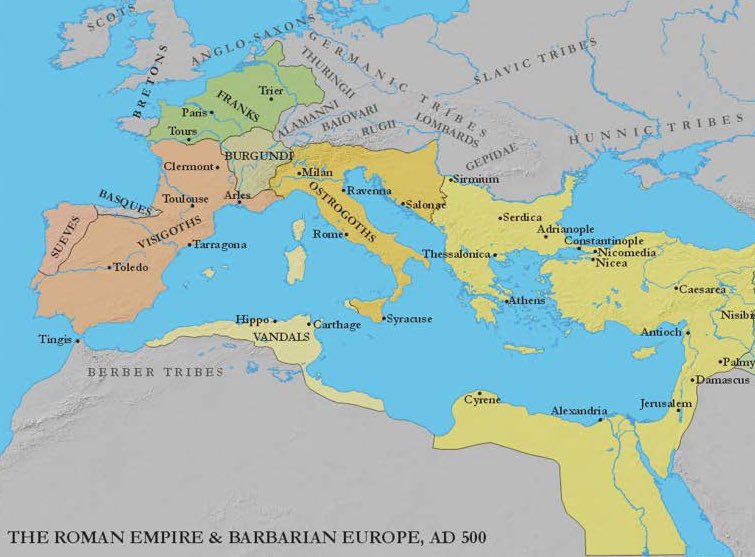

 At the beginning of Aurelian’s reign in 270 he faced a situation where two rival Roman states had become established prior to his reign.
At the beginning of Aurelian’s reign in 270 he faced a situation where two rival Roman states had become established prior to his reign.

 The Norman invasion came at a time of immense imperial dysfunction in 1185. The Normans marched to Thessaloniki without challenge and besieged it on August 6.
The Norman invasion came at a time of immense imperial dysfunction in 1185. The Normans marched to Thessaloniki without challenge and besieged it on August 6.